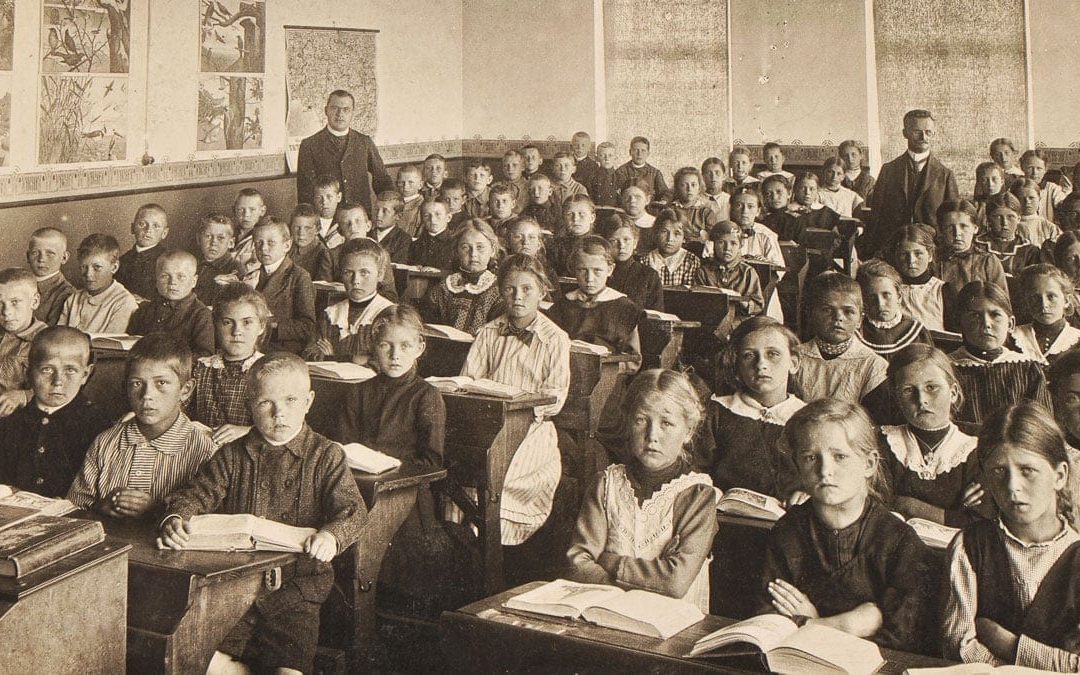TEACHING PRACTICES & CLASSROOM STRATEGIES
Hooray! Summer is here. Are you looking to do a little “spring cleaning” of your curriculum? We’ve got you covered! Today we are highlighting some “old school” teaching practices to swap out for some fresh alternatives you can roll out in the new school year. It should be noted that these are just suggestions! It’s not necessary to give up any of these methods entirely, especially if they’re working for you. But if you’re looking for ways to improve results, you may find that different strategies exist which coincide nicely with your lesson plans.
1. Teaching by learning styles
It appears on its surface to be sound pedagogy. After all, we’ve all heard stories of learners who are visual, kinesthetic, auditory, and linguistic. However, there isn’t a lot of evidence to show that stressing over learning styles makes much of a difference in terms of greater learning gains or that grouping students based on learning styles is beneficial to them. Learning preferences do exist, but this doesn’t necessarily mean that you can only process information if you prefer visual aids, for example. Actually, the idea that students are defined by a single learning modality is quite limiting, and that idea could be internalized by them, preventing them from believing in their own potential… perhaps any educator’s worst nightmare.
Instead, focusing on an array of learning experiences is a better approach. For example, setting up students with team-based design projects, physically constructing using recycled material, or dynamic group discussion could all be more interesting ways of reaching students while naturally touching on different modalities of learning.
2. Only summative assessment
Remember that crazy final exam at the end of your chemistry class? The one which spanned over as much content as there are days of summer vacation? That was an example of summative assessment, or testing involving the evaluation of student learning at the end of an instructional unit by comparing it against some standard or benchmark. Summative assessments are also often high stakes, which means that they have a high point value, and are notably high stress.
There are a few reasons why this type of assessment has been challenged by alternative types of assessment, with one major reason being that it does not provide enough data throughout the learning process.
Formative assessment, on the other hand, has been a more effective means of assessing students along the way and providing them with accurate feedback than summative assessment alone. Of course, there is absolutely a place for summative assessment, but researchers recommend that teachers spend the same amount of time on formative evaluation as they do on summative assessment.
3. Strictly teaching content
It’s no secret that much of the teaching profession encompasses a great deal more than simply teaching. And most educators are on board with the reality that content is not the only instruction being passed along to students. So why is this form of content-only teaching so pervasive?
In looking at Millennials’ distinct learning preferences, Diana Oblinger and Claire Raines, authors of Managing Millennials, conclude that these students appreciate teamwork, experiential activities, structure, and the use of technology, citing their strengths in goal orientation, positive attitudes, a collaborative learning style, and multitasking (although this last one is hotly debated). What we are seeing in Generation Z and already with Generation Alpha (feeling old, anyone?) is much the same.
So make sure not to get caught droning on out of the text! By following specific classroom strategies, teachers can reach many more brilliant minds. For example, teaching using examples students can relate to and asking students to create their own examples forges meaning and a strong connection between students’ life experiences and the content.
Creating these kinds of multiple connections with concepts also facilitates the process of retrieval. The more connections to the content, the more retrieval cues to access it. And this is the basis of the learner-centered approach: empowering students by helping them build on what they already know and helping them organize their knowledge. It’s not just about content! Students should have many opportunities to engage, manipulate, and forge meaning.
4. Working in a silo
Working solo in a classroom without much interaction is a surprisingly easy thing to do. By tackling so much work in a given term or academic year, teachers can easily lose track of collaboration with peer educators or miss opportunities for beneficial teacher training. However, schools that have set aside time for teacher collaboration and faculty teamwork have shown results that are quite simply amazing. Research done at participating secondary schools in Texas cited several changes which were made over time that positively impacted learner gains. Some of these implementations were:
- Organizing interdisciplinary teams of teachers to work together to plan curriculum and instruction in ways that support students to meet grade-level standards.
- Aligning classroom learning, assignments, and assessments to grade-level work and college readiness standards.
- Together teachers analyze the quality of assignments and assessments. They also share work to integrate academic and career instruction and to ensure rigor across disciplines.
- Participating in professional development on interdisciplinary teaming and standards-based grading.
The findings concluded that professional development worked best when all faculty participated, not just a team of administrators or group of teachers as was done in past research, and that “this change ensured that all teachers became members of school focus teams, where they could buy into the process and participate more actively in raising student achievement.” If students are expected to collaborate and share work, then teachers can definitely be models for such beneficial practice.
Hopefully, the teaching practices we’ve shared today will generate some great ideas as you reflect and reorganize for the school year. There is always something promising and wonderfully hopeful about the end of a year and the possibilities that a new one holds. May that positivity find its way to you!
Click here to find powerful teaching tools that are integrated to work together seamlessly.


